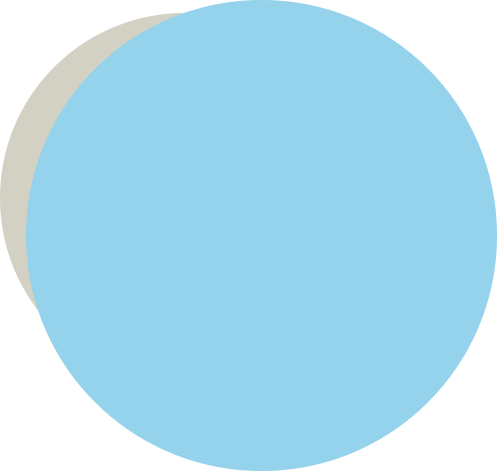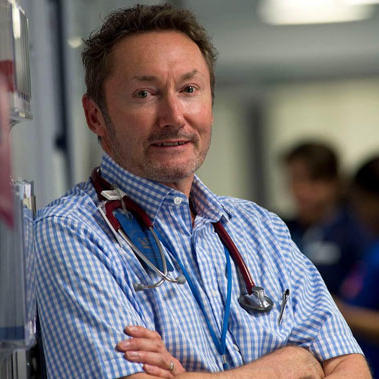At American University of the Caribbean School of Medicine (AUC), we recently chatted with Assistant Professor of Clinical Medical Sciences and Pediatrics Neha Dayalani-Vaswani. Dr. Dayalani-Vaswani, a pediatrician certified by the American Board of Pediatrics, earned her MD at AUC in 2017 before doing her pediatric residency at Hurley Medical Center in Flint, Michigan. Her time in Flint was marked by the city’s lead contamination water crisis, which harmed numerous children as well as adults. We asked Dr. Dayalani-Vaswani about that experience as well as her roots in Sint Maarten — the home of AUC — and her return to AUC as an educator in 2021.
Q: The Flint water crisis was in its fourth year by the time you arrived for your pediatric residency in 2017. What was the mood in the city at that time?
A: When I matched to a pediatric residency in Flint, Michigan, I was a bit nervous about the city I was going to work in for the next three years. However, once I arrived there, I was pleasantly surprised. The city was well kept and organized, and there were many public health initiatives already well on their way in response to the lead crisis. Of note, my program director the year I started at Hurley Children’s Hospital was Dr. Mona Hanna-Attisha, a well-known pediatrician and public health advocate, whose research revealed the Flint water crisis. It was an honor to spend my first year of residency under her directorship, where my first rotation started with community pediatrics. I was able to visit various clinics and sites around the city and meet its very resilient and positive population. The mood of the city was very pleasant and change talk driven. The city had gotten a rude awakening, and instead of playing the blame game, they were looking for ways to improve the path forward.
Q: Did you treat patients with lead contamination during your pediatric residency at Hurley Medical Center?
A: As you may know, children were heavily affected by the lead exposure. Pediatric lead poisoning is a serious developmental offense and can have long-term neurodevelopmental sequelae. My practice there included strict monitoring of lead levels in the kids and mental and neurological rehab for the ones who were heavily affected.
Q: What does lead contamination do to the human body? Are children affected differently than adults?
A: Lead poisoning does have a greater effect on the developing brain of a child. Lead isn’t good for anyone’s health and is especially bad for small children. Lead poisoning can cause learning, hearing, and behavioral problems. It can harm a child’s brain, kidneys, and other organs. Lead can also stop the body from utilizing good minerals, such as iron and calcium. Some of the effects of lead poisoning, particularly when it happens at a young age, can be permanent.
Q: Are there connections between pollution — specifically lead poisoning — and children with autism or other special needs?
A: Correlation is not always causation. Lead pollution is one of the many factors that can negatively impact a developing brain. It is a modifiable risk factor, so early screening for blood lead levels is important.
Q: What are the symptoms of lead poisoning? How is it diagnosed?
A: Lead poisoning has no telltale symptoms; people may not even act sick. The only way to know is through a blood test, which Flint started incorporating into a well child check starting at one year of age.
Q: What are the risk factors of lead poisoning?
A: Risks include lead-based paint in older homes, contaminated dust in places that have lead-based paint, contaminated soil from similar places with lead-based paint, contaminated water from older plumbing fixtures, etc.
Q: Contaminated water in Flint also caused outbreaks of Legionnaires’ disease. Can you briefly explain that illness and how it affects children?
A: Legionnaires contamination can happen in any old or stagnant water source. Outbreaks have been found here on Sint Maarten as well. It is important to catch the contaminated water source early and treat it. If transmitted to humans via drinking contaminated water or breathing in the air from contaminated air conditioning sources, it can cause this disease. Legionnaires’ disease causes pneumonia and lung inflammation, along with symptoms such as vomiting, diarrhea, and confusion. It can make someone seriously ill if not treated promptly with antibiotics.
Q: What was it like growing up in Sint Maarten? How did you end up going to AUC?
A: Growing up on a small island is great, until you realize you are a big fish in a small pond, and there is a large sea of opportunity beyond this world. Small island life was a great place to grow up, where you can get a strong sense of community; you can partake in many small -scale events and make a big impact; you can network and learn from your seniors; and most importantly, you can live and work in paradise every day. After I left for college, I thought I would never return. When it came time to apply to medical school, the possibility of completing it back on the beautiful island became more and more appealing. Earning a medical degree in paradise was just what I needed, and I am so happy with my decision to come to AUC.
Q: What are your fondest memories of being a medical student at AUC?
A: The community feeling among the students. After every block exam, we would all be there for each other, no matter what the outcome was.
Q: What motivated you to go into pediatrics?
A: I have always loved pediatrics, since the time I started volunteering with my own pediatrician here in high school.
Q: What brought you back to Sint Maarten?
A: The pandemic gloom in the United States, and uncertainty about immigration paperwork. The move back to Sint Maarten was a blessing in disguise; I love being back home. I have a sense of belonging here.
Q: What do you like most about teaching? How do you best engage with your students?
A: The satisfaction and feedback from students. I first engage by sharing my story as an AUC alumna, this seems to help them connect and open up.
Thank you, Dr. Dayalani-Vaswani, for sharing your story! To learn more about the dangers of lead exposure, visit Childhood Lead Poisoning Prevention at the U.S. Centers for Disease Control and Prevention (CDC), as well as the Lead reference page at the U.S. National Institute of Environmental Health Sciences. The CDC’s Water Contamination and Disease page explains how water can be contaminated and how to find out if your water has unsafe levels of germs or chemicals. You can also learn more about Sint Maarten, the Caribbean home of AUC.
At AUC School of Medicine, Dr. Dayalani-Vaswani and the rest of our staff are training future pediatricians and other specialist physicians. Our 2023–2024 MD graduates achieved a 98% first-time residency attainment rate*, and are now beginning their postgraduate training across 22 specialties. If a career in medicine interests you, learn more about AUC and its Doctor of Medicine (MD) program, as well as the requirements for admission.
*First-time residency attainment rate is the percent of students attaining a 2024–2025 residency position out of all graduates or expected graduates in 2023–2024 who were active applicants in the 2024 NRMP match or who attained a residency position outside the NRMP match.





